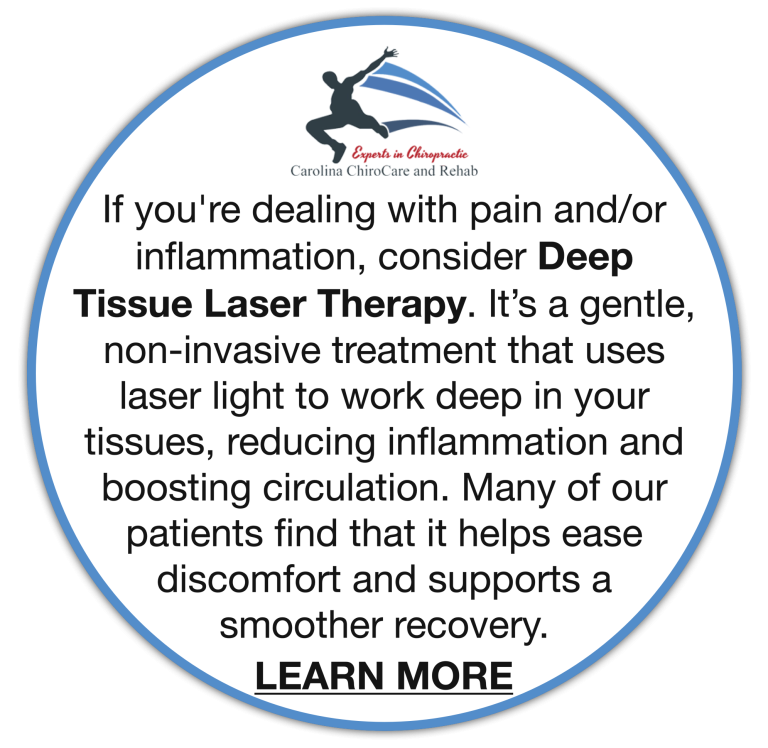Ice vs Heat For Injuries

When it comes to treating injuries, choosing between ice and heat can be a confusing decision. Both methods have their own unique benefits and are suited for different types of injuries and conditions. This article aims to provide a comprehensive comparison of ice and heat therapy, outlining when each method is most appropriate and how to use them effectively.
Ice Therapy (Cryotherapy):
Ice therapy, also known as cryotherapy, involves applying cold to an injured area. The cold constricts blood vessels, reducing blood flow, inflammation, and swelling. It can also numb the area, providing temporary pain relief.
When to Use Ice:
Ice therapy is best suited for acute injuries and conditions, such as:
- Sprains and strains
- Inflammation and swelling
- Bruises and contusions
- Minor burns
How to Apply Ice:
- Use a cold pack, ice bag, or a bag of frozen vegetables wrapped in a towel to prevent direct skin contact.
- Apply ice to the injured area for 15-20 minutes at a time, allowing at least 1 hour between applications.
- Repeat the process several times a day for the first 24-48 hours following the injury.
Heat Therapy (Thermotherapy):
Heat therapy, or thermotherapy, involves applying warmth to an injured area. Heat dilates blood vessels, increasing blood flow and promoting relaxation in the muscles. This can help reduce stiffness and increase flexibility.
When to Use Heat:
Heat therapy is best suited for chronic conditions and muscle tension, such as:
- Muscle spasms
- Stiff joints and arthritis
- Chronic pain and discomfort
- Delayed onset muscle soreness (DOMS)
How to Apply Heat:
- Use a heating pad, hot water bottle, or a warm towel to provide consistent warmth.
- Apply heat to the affected area for 15-20 minutes at a time.
- Repeat the process several times a day, as needed.
Important Considerations:
- Timing: Ice therapy is most effective when used immediately following an injury, while heat therapy should not be used until 48 hours after the injury. Applying heat too soon can increase inflammation and swelling.
- Pre-existing conditions: Individuals with conditions such as diabetes, Raynaud's disease, or vascular diseases should consult a healthcare professional before using ice or heat therapy, as these treatments may have unintended effects on circulation.
- Skin sensitivity: Always protect your skin by wrapping ice packs or heating pads in a towel to avoid burns or frostbite.
- Pain and discomfort: If either ice or heat therapy causes increased pain or discomfort, discontinue use and consult a healthcare professional.
Both ice and heat therapy can be effective in treating various injuries and conditions. Ice therapy is best suited for acute injuries and inflammation, while heat therapy is more appropriate for chronic conditions and muscle tension. By understanding the differences between these two treatments and knowing when to use each one, you can optimize your recovery and get back to your normal activities as soon as possible. Always consult a healthcare professional if you are unsure about the appropriate treatment for your specific situation.
OFFICE HOURS
Monday
9:00am - 6:00pm
Tuesday
9:00am - 6:00pm
Wednesday
9:00am - 6:00pm
Thursday
9:00am - 6:00pm
Friday
10:00am - 4:00pm
Saturday & Sunday
Closed
Carolina ChiroCare and Rehab




